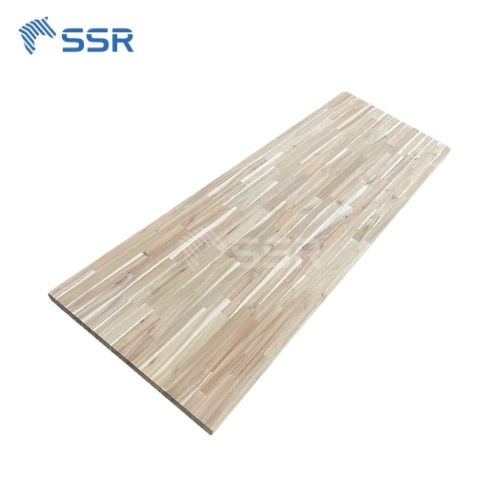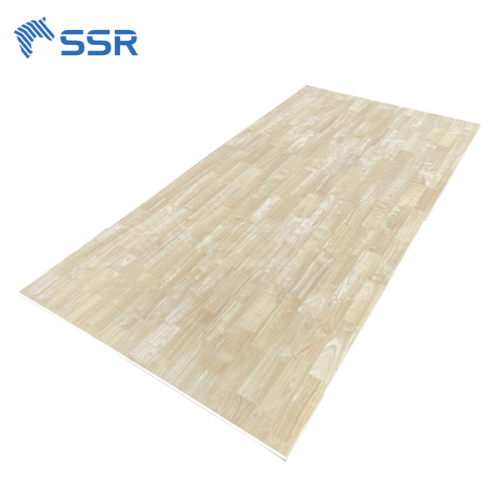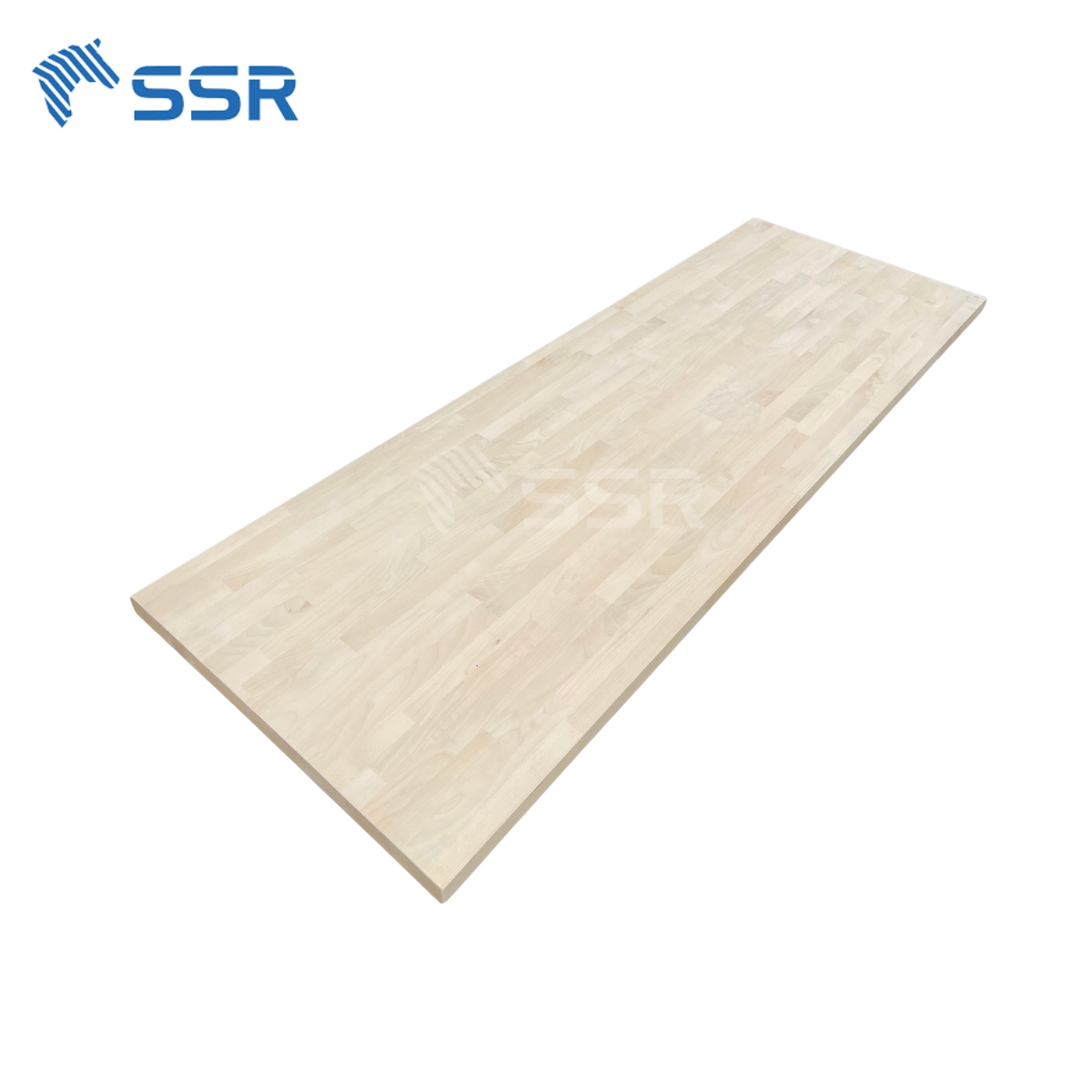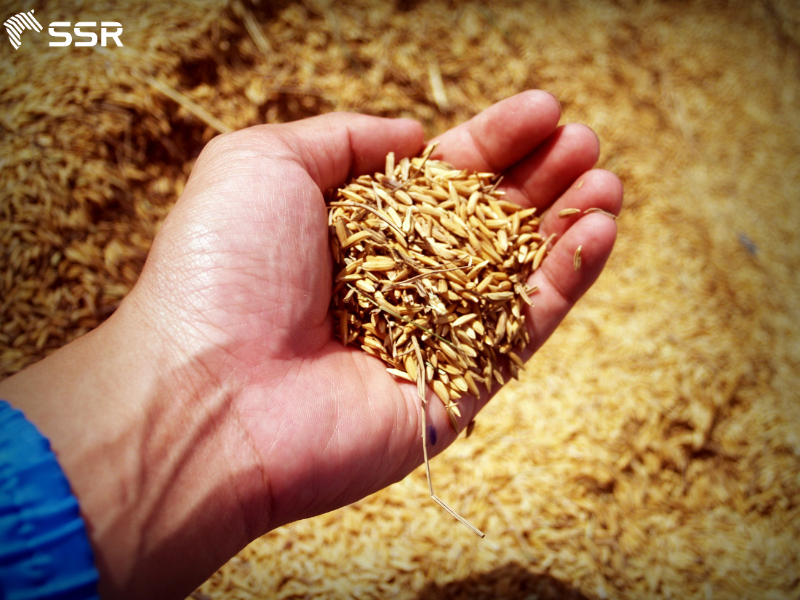NEWS
Bamboo has become a popular alternative to traditional hardwoods when it comes to kitchen cutting boards. But is it really a good choice for your kitchen? In this guide, we’ll cover everything from the benefits and downsides to care instructions, environmental impact, and FAQs.
What is a Bamboo Cutting Board?
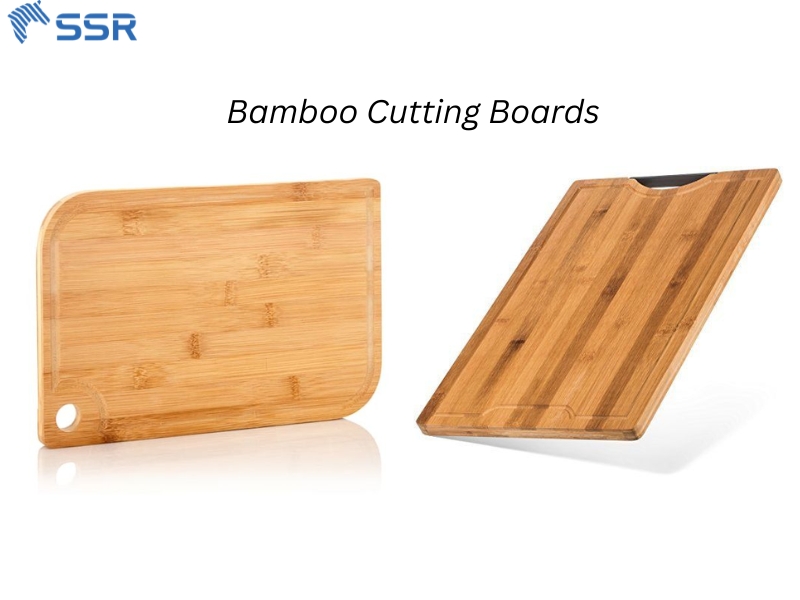
What is a bamboo cutting board
A bamboo cutting board is a kitchen tool made from bamboo, a fast-growing, sustainable grass that is harder and more durable than many types of wood. It is used as a surface for chopping, slicing, and preparing food, offering a reliable and eco-friendly alternative to traditional wooden or plastic cutting boards.
In addition to its functionality, a bamboo cutting board brings a warm, natural aesthetic to any kitchen. It is typically lightweight, making it easy to handle, store, and clean.
Advantages of Bamboo Cutting Boards
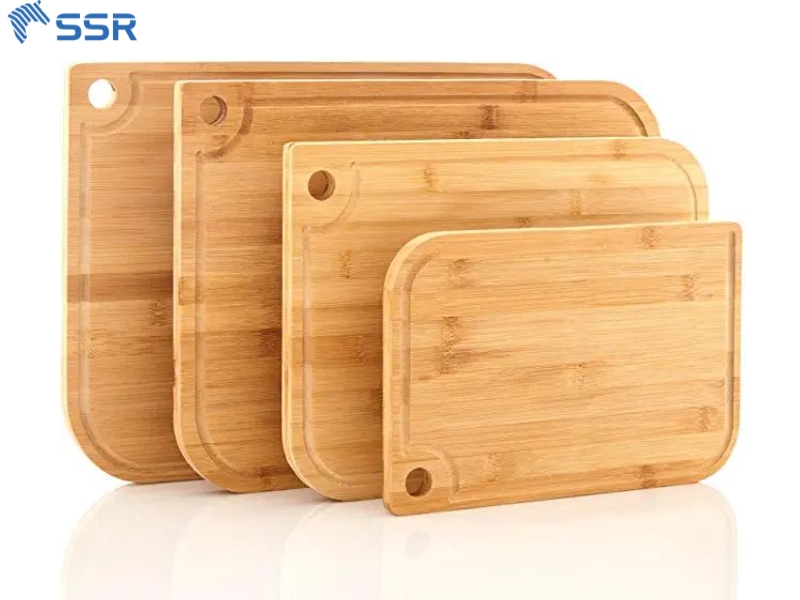
Advantages of bamboo cutting boards
- Eco-friendly: Renewable and biodegradable
- Hard and durable: Resists deep knife grooves better than softwoods
- Water-resistant: Less likely to warp compared to some hardwoods
- Affordable: Typically less expensive than maple or walnut boards
- Lightweight: Easier to handle and store
Disadvantages of Bamboo Cutting Boards
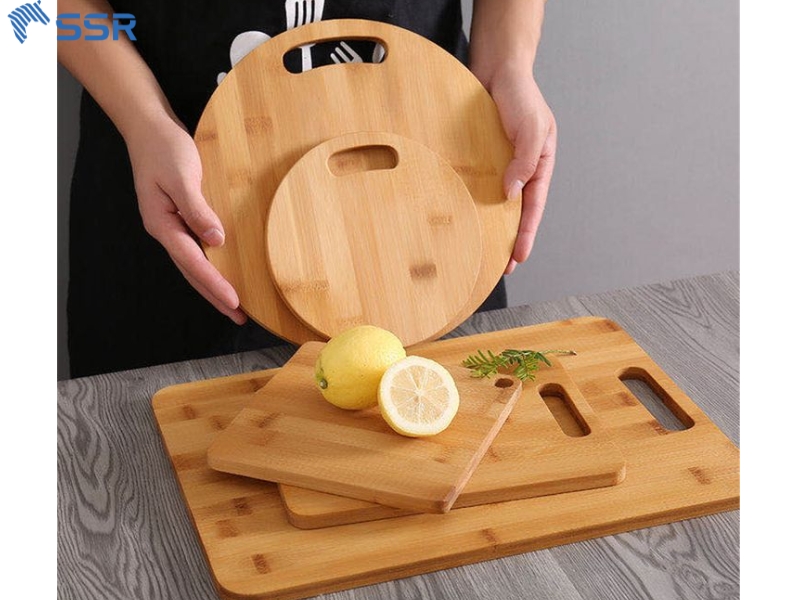
Disadvantages of bamboo cutting boards
- Hard on knives: Bamboo’s hardness can dull blades faster than softer woods
- Can crack over time: Especially if not properly oiled or if exposed to high moisture
- Not dishwasher-safe: Prolonged exposure to heat and water can damage the board
- May contain glue/resin layers: Lower-quality bamboo boards may have toxic adhesives
What is the Best Oil for Bamboo Cutting Boards?
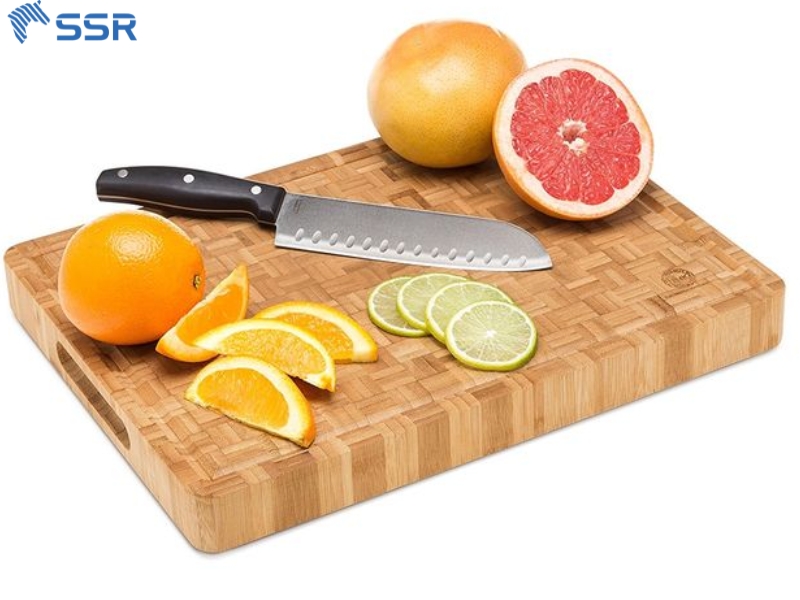
What is the best oil for bamboo cutting boards
Oiling your bamboo cutting board is essential for maintaining its durability, preventing cracking, and protecting it from moisture. Choosing the right type of oil ensures your board stays in top shape and remains food-safe.
1. Food-Grade Mineral Oil
- Why it’s great: Odorless, tasteless, and affordable
- Benefits: Penetrates deep into the bamboo, repels water, and prevents drying or cracking
- How to use: Apply a generous layer, let it soak in overnight, and wipe off any excess
2. Refined Coconut Oil (not virgin)
- Why it’s great: Naturally antibacterial and doesn’t go rancid like some plant oils
- Benefits: Moisturizes the bamboo while adding a subtle sheen
- Important: Use refined coconut oil, as unrefined or virgin versions can spoil and develop an odor
3. Beeswax + Mineral Oil Blends
- Why it’s great: Combines the hydrating properties of oil with the water-repelling barrier of beeswax
- Benefits: Adds a subtle sheen and a protective finish that lasts longer between oilings
- Best for: Those looking for extra protection and a polished look
Pro Tips:
- Oil your board at least once a month, or more often if it looks dry
- Always oil after cleaning and drying the board completely
- Apply oil using a clean cloth or paper towel, working in the direction of the grain
The Worst Oils for Bamboo Cutting Boards
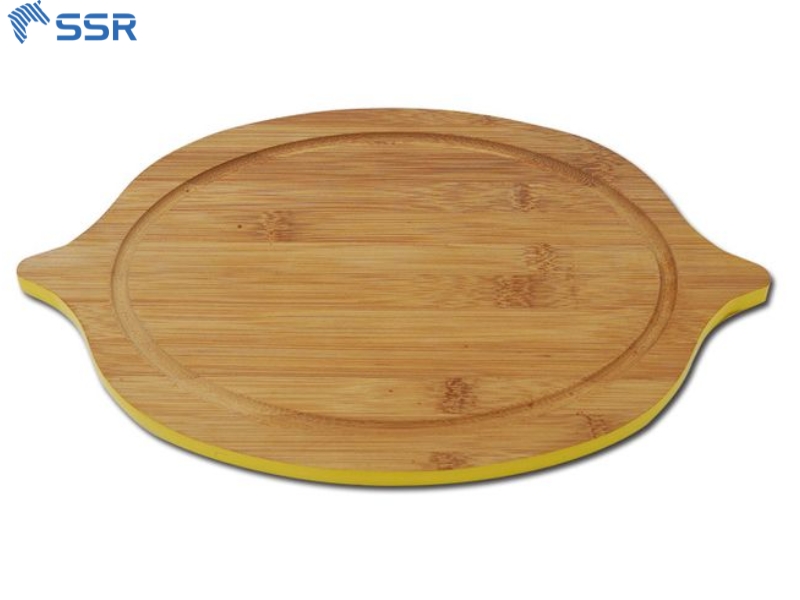
The Worst Oils for Bamboo Cutting Boards
1. Vegetable Oil
Vegetable oil may seem like a convenient option because it’s already in your kitchen but don’t be tempted. It’s highly prone to oxidation and rancidity, especially when exposed to air and moisture.
- Result: Sticky residue, unpleasant odor, and a breeding ground for bacteria.
- Verdict: Not safe for long-term wood care.
2. Olive Oil
Olive oil is often praised for its health benefits, but when it comes to cutting boards, it’s a bad idea. Like vegetable oil, it can go rancid over time, leaving behind a sour smell.
- Result: Discoloration, foul odors, and potential mold development.
- Verdict: Better for salads, not for bamboo boards.
3. Canola, Corn, or Sunflower Oil
These common cooking oils are not shelf-stable without refrigeration. They break down and become sticky or even slimy when left on wood surfaces.
- Result: A gummy surface that traps dirt and food particles.
- Verdict: Avoid these oils at all costs.
4. Animal-Based Fats (Butter, Lard, etc.)
Animal fats may have been used on wood tools in the past, but they spoil quickly and attract pests.
- Result: Rancid smell, bacterial growth, and unsanitary conditions.
- Verdict: Never use animal products to treat cutting boards.
How to Make Bamboo Wood Cutting Boards?
SSR VINA has standardized a 12-step manufacturing process for high-quality Bamboo wood cutting boards. This process ensures precision, durability, food safety, and aesthetic appeal – all vital qualities for demanding international markets such as the USA, Europe, and Asia.
1. Raw Material
High-quality bamboo stalks are carefully selected to ensure maturity, strength, and freedom from defects. After harvesting, the bamboo is air-dried or kiln-dried to reduce moisture content and prepare the material for further processing.
2. Cutting
The bamboo is cut into uniform strips or slats using precision machinery. Accurate cutting is essential to ensure the pieces fit tightly together during the gluing process, contributing to the overall strength and appearance of the final product.
3. Gluing
The bamboo strips are arranged according to the desired grain pattern (horizontal, vertical, or end grain) and glued together using food-safe adhesive. The glued assembly is then pressed under high pressure to form solid laminated bamboo boards.
4. Square Up
Once the glued boards are cured, they are passed through a planer to smooth and level both surfaces. This step standardizes the board thickness and prepares it for shaping.
5. Cut Off the Corners
The sharp corners of the board are trimmed to form rounded or beveled edges based on the design. This step improves both the appearance and the safety of the product.
6. Sanding
The board undergoes an initial sanding process using coarse to medium grit sandpaper to remove any surface imperfections, glue residue, or rough patches.
7. Round Off Edge
The outer edges of the board are rounded using a router to eliminate sharp corners, making the board more comfortable and safe to handle.
8. Finish Sanding
The entire surface of the board is finely sanded using high-grit sandpaper. This ensures a smooth, splinter-free finish that is ready for oil application.
9. Oil-Finished
Each board is coated with a layer of food-grade mineral oil or natural oil (such as linseed or coconut oil). This process protects the board from moisture, cracking, and warping while enhancing the natural color and grain of the bamboo.
10. Grading
The finished boards are inspected manually to identify any defects. They are then sorted by quality levels (such as Grade A or B) or according to the specifications of individual clients.
11. Packaging
Boards are carefully packed using shrink wrap, cardboard boxes, or other eco-friendly packaging materials to prevent damage during transportation.
12. Shipping
The packaged products are palletized and loaded into containers for delivery to domestic retailers or for export to international markets.
Where to Buy Bamboo Chopping Boards?
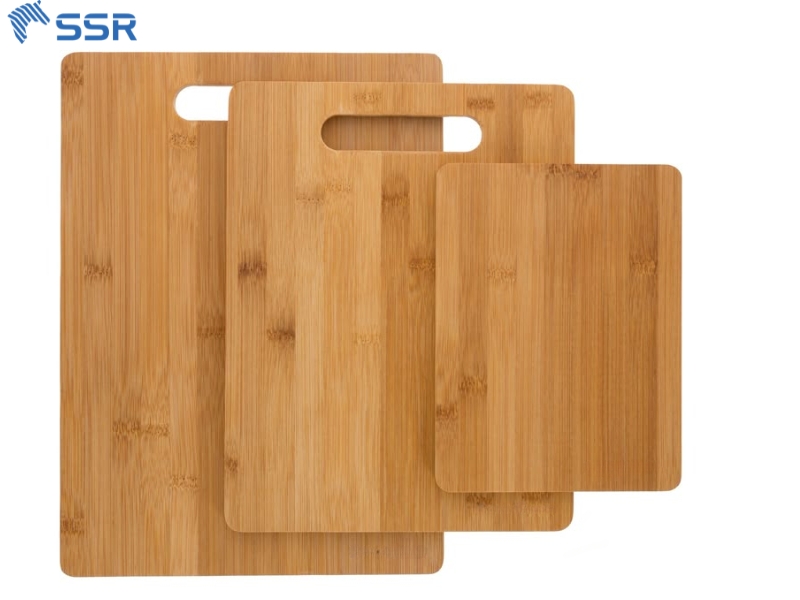
Where to buy bamboo chopping boards
If you’re looking for a high-quality, durable, and eco-friendly bamboo cutting board, SSR VINA is the ideal place to buy. As a leading manufacturer and exporter of solid wood products in Vietnam, SSR VINA specializes in producing chopping boards made from sustainably harvested bamboo.
Each board is crafted through a strictly controlled process from raw material selection to final oil finishing – ensuring food safety, long-lasting durability, and the natural beauty of bamboo grain. With FSC-certified bamboo, customizable designs, and bulk export capabilities, SSR VINA is a trusted supplier for international retailers.
Visit our Cutting Boards at here
How Do You Maintain a Bamboo Cutting Board?
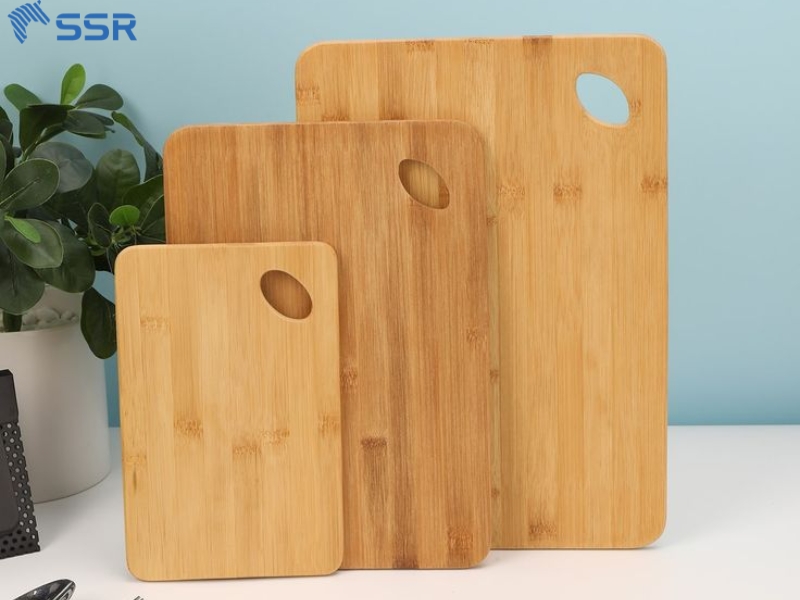
How do you maintain a bamboo cutting board
Proper care helps extend the life of your bamboo cutting board and keeps it looking great while remaining food-safe. Follow these steps to maintain its durability and hygiene:
1. Clean After Each Use
Wash the board with warm, soapy water immediately after use. Use a soft sponge or cloth to avoid scratching the surface. This helps remove food particles and bacteria before they set in.
2. Dry Immediately
Always dry the board thoroughly with a clean towel right after washing. Leaving it wet can cause the bamboo to warp, crack, or develop mold.
3. Disinfect Naturally
To sanitize, occasionally wipe the board with white vinegar or sprinkle coarse salt and rub with half a lemon. This natural method helps eliminate odors, bacteria, and stains without harsh chemicals.
4. Oil Regularly
Apply food-grade mineral oil or bamboo board oil at least once a month—or more often if the board looks dry. This helps prevent cracking, repels moisture, and enhances the natural shine and color of the bamboo.
5. Avoid Water Damage
Never soak your bamboo cutting board in water, and do not place it in the dishwasher. Excessive moisture and heat can cause the board to warp or split.
FAQs
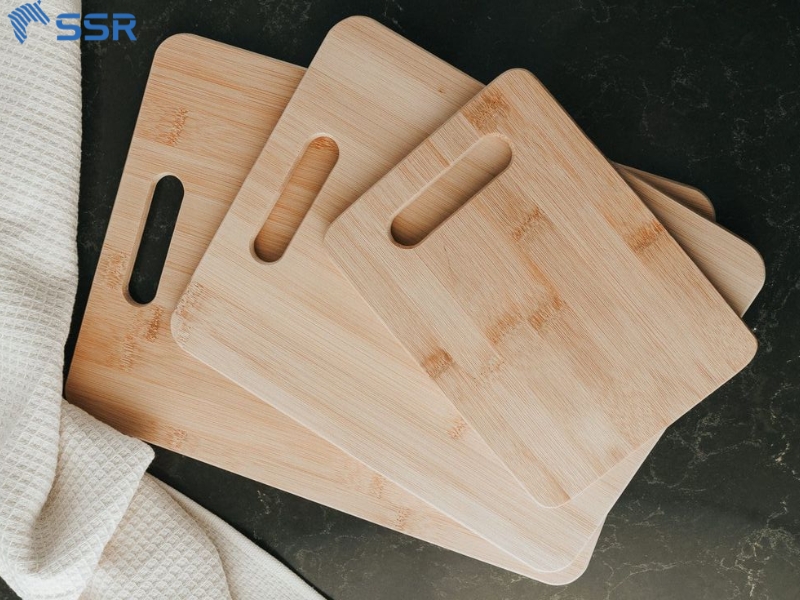
How long will a bamboo cutting board last
How long will a bamboo cutting board last?
With proper care, 3–5 years or more. Oiling and drying are key to longevity.
Do bamboo cutting boards crack easily?
Not usually, but neglecting oiling or exposing to extreme moisture/heat can cause cracking.
Are bamboo cutting boards hard on knives?
Yes, bamboo is harder than many woods, which may dull knives faster. Regular knife honing helps.
Is it safe to cut meat on a bamboo cutting board?
Yes, but only if you sanitize it thoroughly after use or reserve a separate board for meat.
How to get smell out of bamboo cutting board?
Rub with lemon and coarse salt, let sit for 5–10 minutes, rinse and dry.
Does bamboo wood need to be oiled?
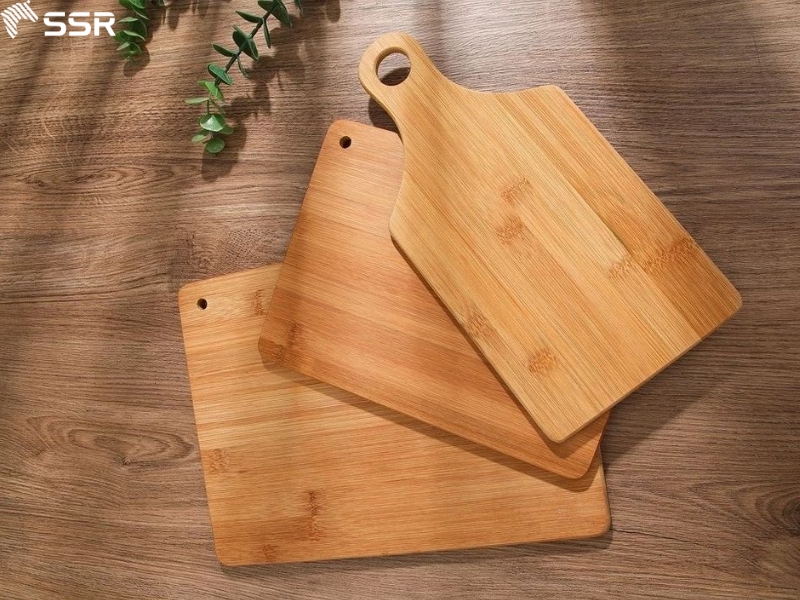
Does bamboo wood need to be oiled
Yes, regular oiling prevents drying, cracking, and water damage.
Are Bamboo Cutting Boards Environmentally Friendly?
Absolutely. Bamboo grows rapidly (up to 3 feet per day) and also biodegradable and harvested with minimal pesticide use, making it a truly eco-friendly material.
Is Bamboo Wood Good for Cutting Boards?
Yes, bamboo is an excellent material for cutting boards and has become increasingly popular in both home kitchens and professional settings.
Conclusion
Bamboo cutting boards offer a beautiful balance between eco-conscious living and kitchen functionality. While they require some care, their sustainability, durability, and sleek appearance make them a smart choice for modern cooks. Just be sure to oil them regularly, avoid cutting raw meat unless properly cleaned, and use a sharp knife to minimize wear.
Whether you’re a home chef, retailer, or sourcing professional, bamboo cutting boards are a practical and responsible addition to any kitchen.
Featured Products
Acacia Wood Butcher Block Countertops Supplier
Specifications:
- Species: Acacia
- Moisture: < 12%
- Wood Stave (Length): 150-400 mm
- Wood Stave (Width): 30-80 mm
- Length & Width tolerance: 0/+3 mm
- Thickness tolerance: +/- 0.2 mm
- Glue: D4
- Quality: AB, BC or customized
- Surface finish: Sanding 180-240 grit, 2 faces
Rubberwood Finger Joint Board Supplier
- Species: Rubberwood
- Moisture: <12 %
- Wood Stave (Length): 150-600 mm
- Wood Stave (Width): 35-80 mm
- Length & Width tolerance: 0/+3 mm
- Thickness tolerance: +/- 0.2 mm
- Glue: D4
- Quality: AA, AC or customized
- Surface Finish: sanding 240-320 grit, 2 faces
Birch Butcher Block Countertop Supplier
Specifications:
- Species: Birch
- Moisture: < 12%
- Wood Stave (Length): 150-400 mm
- Wood Stave (Width): 20-80 mm
- Length & Width tolerance: 0/+3 mm
- Thickness tolerance: +/- 0.2 mm
- Glue: D4
- Quality: AB, AC or customized
- Surface finish: Sanding 180-240 grit, 2 faces.
Featured News
Related News
SSR VINA becomes VCCI Member: A New Milestone
SSR VINA is proud to announce its official VCCI member (Vietnam Chamber of Commerce and Industry) – the nation’s leading organization representing the business community and employers in Vietnam. This marks a significant milestone in SSR VINA’s journey to enhance the global presence of “Made-in-Vietnam” products, reaffirming our commitment to quality, innovation, and sustainable growth. […]

Biomass Energy: The Natural Powerhouse of Renewable Energy
In the search for sustainable energy solutions, biomass stands out as one of the most promising alternatives to fossil fuels. But what exactly is biomass, and why is it gaining attention around the world? Let’s explore how this natural energy source works, where it’s used, and what the future holds. What Is Biomass? Biomass refers […]

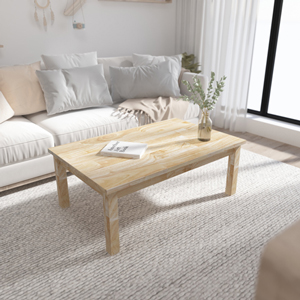
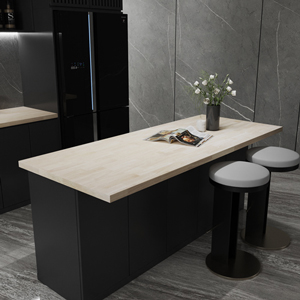
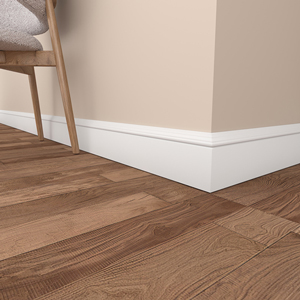
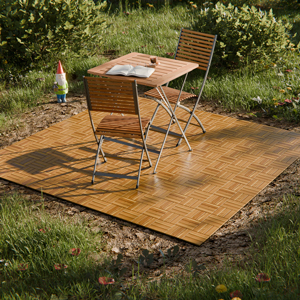
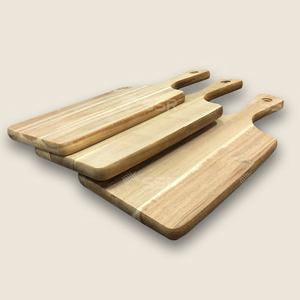
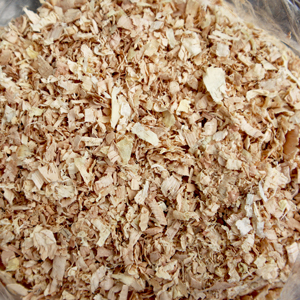

 Tháng 5 30, 2025
Tháng 5 30, 2025 | SSR
| SSR